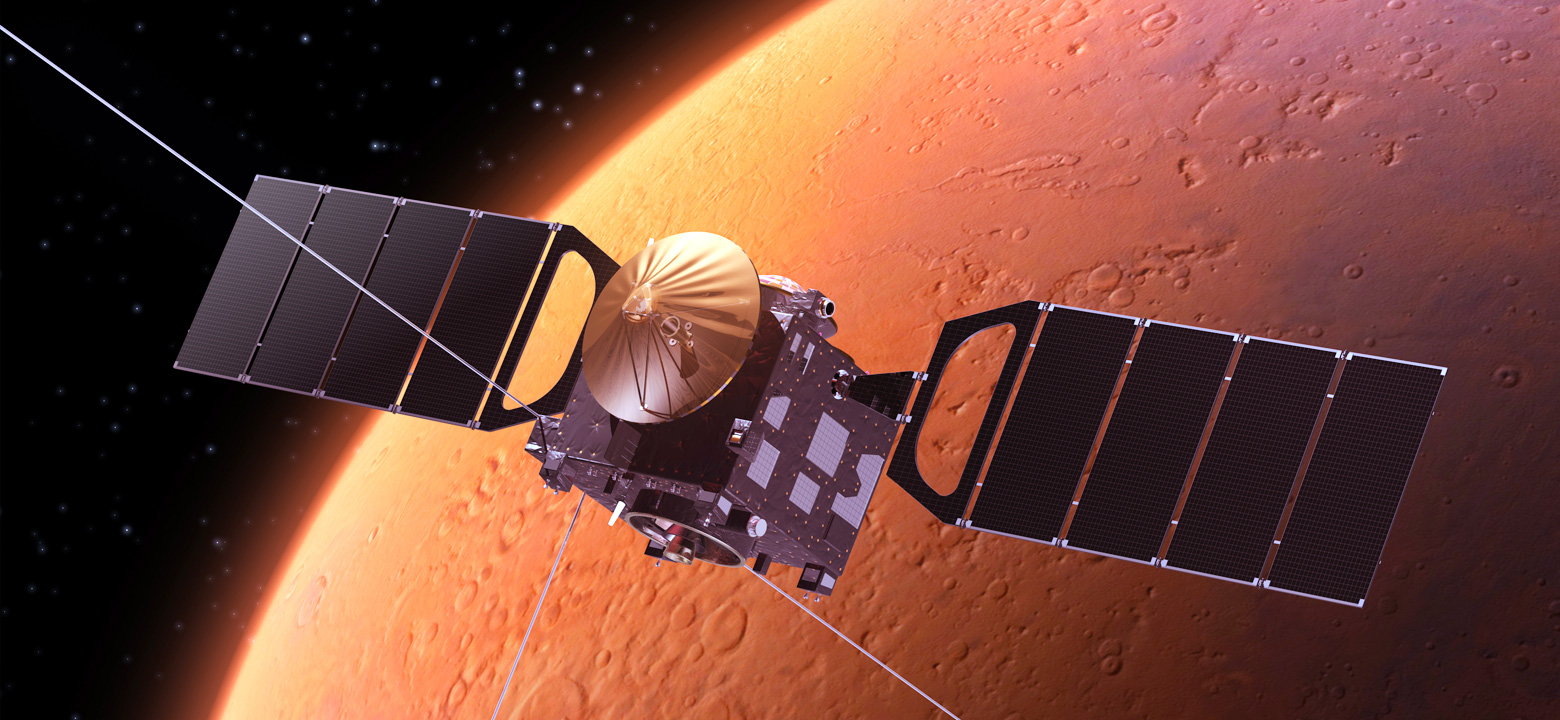
With the news that NASA is set to receive $22.6 billion in 2020, it's natural to wonder where that budget's going to be allocated. Even though the spending bill fell a little short of NASA's requests for furthering lunar lander development, they still have a number of very exciting plans and projects coming up.
Even though funding fell short of NASA's request for the lunar lander project, things are projected to go ahead as planned. This lander will aid in future plans to send a crewed mission back to the Moon in order to build a Moon-orbiting space station and lunar base. The base would be instrumental in further exploration of the Moon, including the potential discovery of ways to mine it for resources. It could also act as a springboard for missions to Mars and beyond. NASA has been instructed to prioritize proposals that pose the least risk to human lives, as well as the projected schedule. NASA Administrator Jim Bridenstine has expressed reassurance that the requested funding represented a best case scenario, and there are ways that the agency can continue with plans for the lunar lander despite a shortage of funds.
NASA's Mars Exploration Program plans to launch the Mars 2020 rover in mid July of 2020, to hopefully reach its target destination in February of 2021. It's intended to explore the planet's history, with an eye to determining if it was ever potentially habitable and, if so, if it had ever hosted microbial life. It will create caches of geological samples along its route, in the hopes that a future mission might be able to obtain and return them to Earth to be analyzed for biosignatures within the material.
CubeSats are 4” x 4” cube-shaped satellites that rely on nanotechnology. Many have already been sent into space, but they have a few special jobs coming up in 2020: Search for ice at the Moon's south pole, and gather data from an asteroid near Earth. This asteroid is less than 100 meters in total diameter, but this mission will be a valuable exercise in gathering information from them. The project's intention is to aid in planning manned missions to asteroids, to hopefully mine them for resources during deep space exploration.
The James Webb Space Telescope is the planned successor to the Hubble Telescope, complete with infrared technology to detect things beyond the reaches of visible light. It is intended to gather data about how early stars and galaxies were formed, and which areas might have exoplanets capable of supporting life. It will be able to pick up on very faint signals, which will allow it to look further into space, to where the youngest galaxies are hidden. It is expected that the James Webb Space Telescope will allow us to see young galaxies in greater detail than we've ever been able to before. Progress on the Telescope will continue through 2020, for a projected launch and arrival in 2021.
The New Horizons spacecraft originally flew by Pluto and the surrounding ice dwarfs in 2015, but it wasn't until January of 2019 that it managed to reach the farthest object ever reached by anything human-made: Arrokoth. Arrokoth, also known as 2014 MU69 and recently renamed from Ultima Thule, is a vaguely snowmann-shaped rock in the Kuiper Belt. Even though the spacecraft visited the object early this year, it will take until late 2020 for NASA scientists to be able to actually download and look at all of the data from this exciting mission.
The Wide Field Infrared Survey Telescope, or WFIRST, is a space telescope designed to gather data on exoplanets and aid in dark energy research. It entered its preliminary design phase in mid 2018, allowing NASA to begin procuring hardware to make it a reality. At the moment, it is on track to meet its projected launch date in 2025. Most recently, it was fitted with a coronagraph instrument—a complex array of mirrors, masks, sensors, and prisms that would allow it to block out the light from distant host stars in order to obtain clearer images of the planets around them. WFIRST was jeopardized by budget problems, to the point that NASA proposed cancelling it in favor of other, higher-priority projects. Fortunately, the project received the funding it needs to remain on schedule, and will be completing a review called Key Decision Point C in early 2020.
Budget constraints have nearly jeopardized a few of NASA's most ambitious projects. Fortunately, the agency has developed ways to creatively work around that and stay as close to their estimated launch dates as possible. 2020 should be a very interesting year, as we obtain data from the farthest object ever visited by a man-made object, the Mars 2020 rover and CubeSat projects launch, and many other missions reach key milestones.